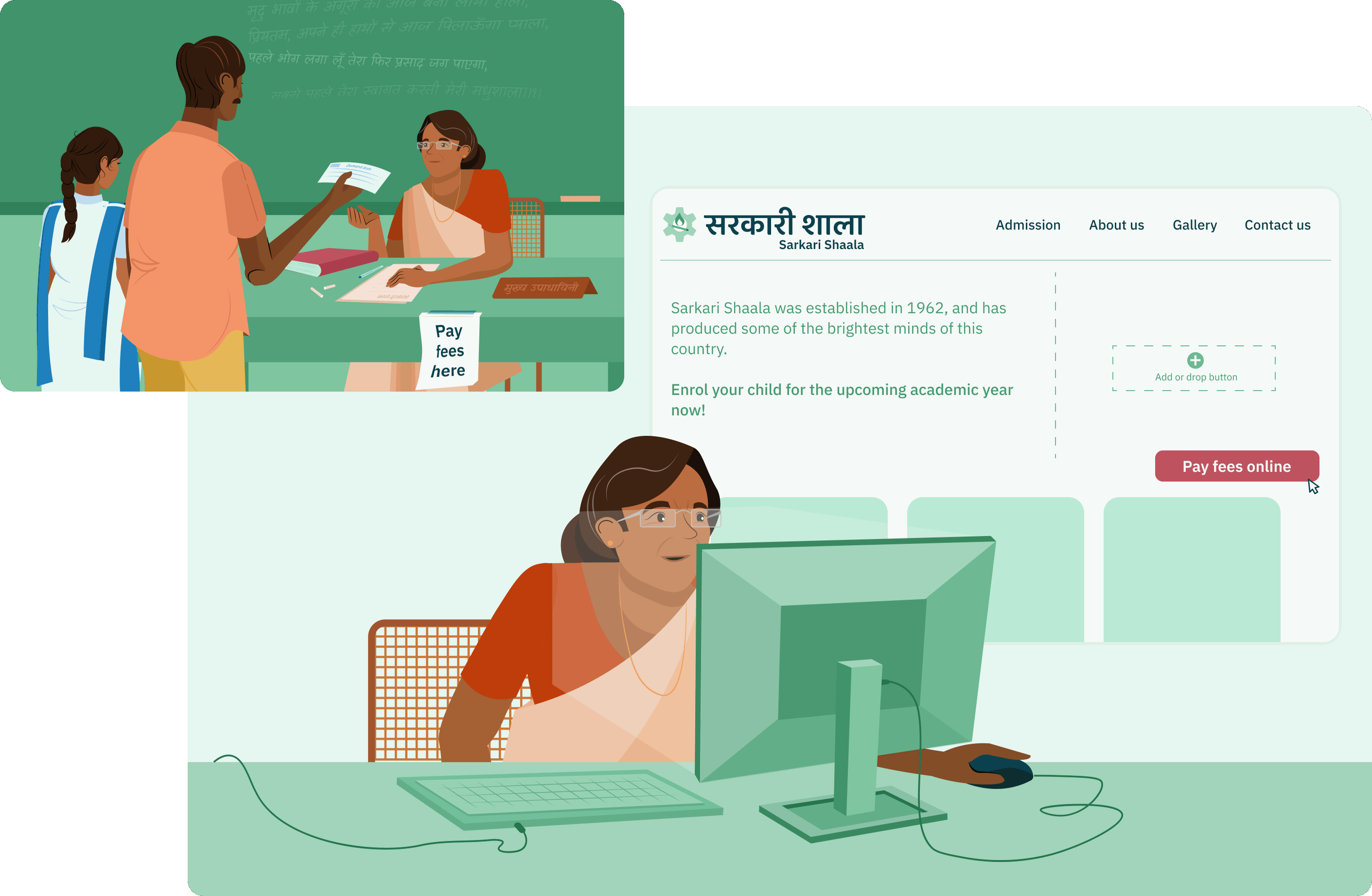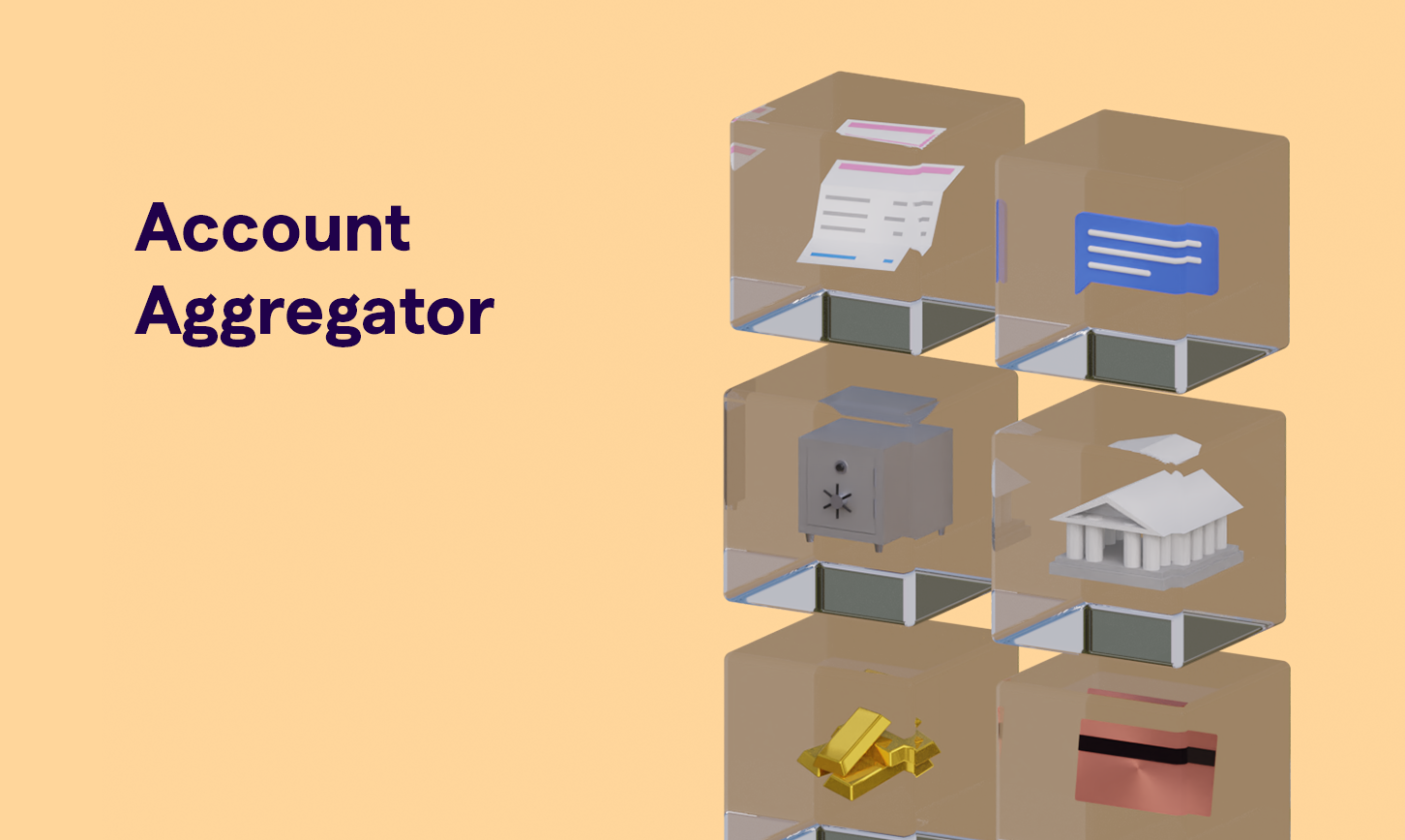What are the benefits of no-code or low-code applications for digitisation and financial inclusion?

When a local school or small retail store in a remote town lacks the technical expertise to build a website or accept online payments, you might wonder how they can establish a digital presence? No-code and low-code applications are used.
When a local school or small retailer in a remote town lacks the technical knowledge to build a website or accept digital payments, how can they establish a digital presence and accept online payments? By using low-code or no-code applications.
Let's quickly explain what no-code and low-code applications are and how they work.
As software eats the world, the many ways to build software can be explained using a simple analogy: Clothing. Imagine you have an event coming up and don't have the right clothes. After that, you have several options to choose from
- If you go to a tailor and explain what you want, they will take your exact measurements and ask you to come back a week later. While this is usually expensive and time-consuming, you get to customize your clothes exactly how you want them to fit. To build coded applications traditionally, you need a skilled development team, experienced in writing software using conventional programming languages, in order to understand and implement the capabilities required.
If you prefer, you can buy ready-made clothes in your favorite clothing store. It might not fit as perfectly as tailored clothes, but they're comparatively cheaper, easy to wear, and don't require you to know how to stitch clothes (and neither do you have to go to a tailor). There are a variety of options, variations, and prices available.
- These applications are known as No-code applications in the software world, and they allow you to create applications regardless of your skill level or field. A no-code platform is usually designed for a specific use case, such as building a website (Squarespace), creating an e-commerce store (Shopify), or creating your own marketing campaign (Mailchimp).
You can also choose an intermediate option! For example, you might want to add a button to a ready-made shirt or change the sleeve style depending on your preference. It would take you very little time and money for your local tailor to accomplish this task.
- The intermediate option is also available! It is possible to change the sleeve style or add a button to your favorite ready-made shirt from your favorite store. It would take very little time and money for your local tailor to do this for you.
This type of application is known as a low-code application in software. With no-code, you can customize and extend the default functionality with very little coding. The Low-code platform will handle everything else if you copy-paste some very minimal code into your application.
Have fintech companies developed tools that don't require coding?
These models have been widely adopted by the FinTech ecosystem in the past few years, with several use-cases being enabled. The checkout experience provided by Payment Gateway (PG) providers is an example of low-code integration. The end-user simply logs into a PG provider's website, configures the country, preferred payment method, and some branding customizations. In order to enable a fully working payment solution, all you need to do is copy and paste a few lines of code from the website itself into your application.
Can no-code/low-code tools be used for other applications?
The use of no-code and low-code applications extends beyond Fintech. Here are a few examples:
Building a website -
A no-code website application such as Squarespace, Webflow, and Dorik allows users to create visually appealing, functional, and beginner-friendly websites by dragging and dropping templates, icons, and other features. With these tools, one can establish a global digital presence for their business very quickly. There is no need for technical training or programming knowledge.
Building a backend -
Due to rapid application development and low-code backend tools like Airtable, several support websites popped up overnight when the second wave of Covid hit India. Users can create spreadsheets of data using Airtable, and the software automatically generates APIs for displaying and updating that data via websites and mobile apps.
Analytics and dashboard -
No-code and low-code versions of tools that track key business metrics are available as well. Users can use them to track how well their website reaches their target audience, to decide which sections are most interesting, and to improve them. Among these applications are Grow, Index, Graphy, Posthog, June, and others.
No-code and low-code tools can also be used for app development, workflow automation, form building, subscription management, etc. An all-in-one approach to digital presence saves companies time and money.
That sounds good to me. Can such tools be used without limitations?
All things have limitations, and these solutions are no exception. Due to the complexity of supporting the diverse needs of all sorts of customers, these tools restrict the extent of customization. Developers are required to extend the base functionality of these tools for users who need to customize them for intricate business requirements or scale them up for higher traffic. Since no-code tools store your data, they can also be vulnerable to security breaches. It is also possible that organizations using such tools will experience business disruptions if a company creating them shuts down.
Businesses can create a thriving online presence and compete with the current market by utilizing no-low and low-code tools. The use of these tools is helping a growing number of Indian enterprises and institutions to move towards the online mode of business in tier-2 cities and beyond. Their services include acquiring customers, collecting payments, and offering digital products and services. The development of these emerging tools will democratize software development and unlock digital potential for anyone with a computer, phone, or stable internet connection. These tools are easily accessible to small businesses, schools, colleges, traders, artists, and entrepreneurs.




